How to water melons?

The taste of sweet, appetizing melon is familiar to everyone from childhood. Despite the fact that this is a southern fruit, gardeners from all regions of the country are trying to grow it. It is not difficult to achieve a good harvest, but it is necessary to be familiar with the intricacies of crop care. One of the most important points in this science is proper watering, which will ensure good and fast growth of the fruit. There are several methods for watering this melon crop, and in this article we will talk about the merits of each of them.
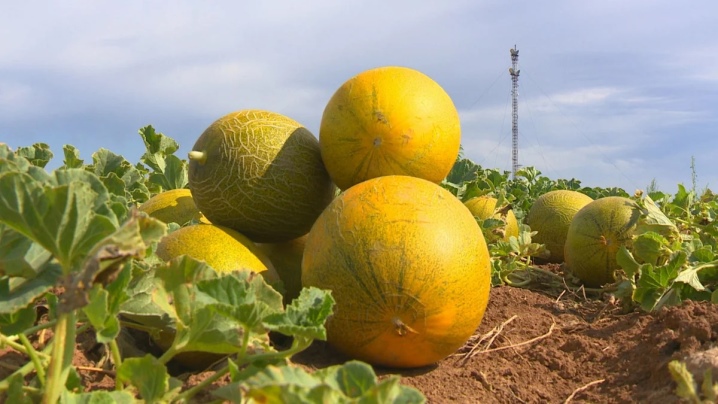
Frequency
Like any plant, a melon needs enough water to grow. Everyone knows that this is a very juicy fruit, and all because it mostly consists of liquid. Many gardeners have noticed that with additional watering, the yield of this melon is doubled. However, too much watering can lead to the opposite results: the plant will develop worse or even rot. The root system of this southern culture is vulnerable to diseases arising from overflowing with water, and the taste of the fruit also suffers with too abundant watering.
In addition, the growth phase of the melon matters.
- At the stage of ovary formation, the plant needs especially careful care. It is important to observe the condition of the soil surface. It should always be slightly damp. The main thing is that weeds do not consume moisture, so melons must be carefully weeded.
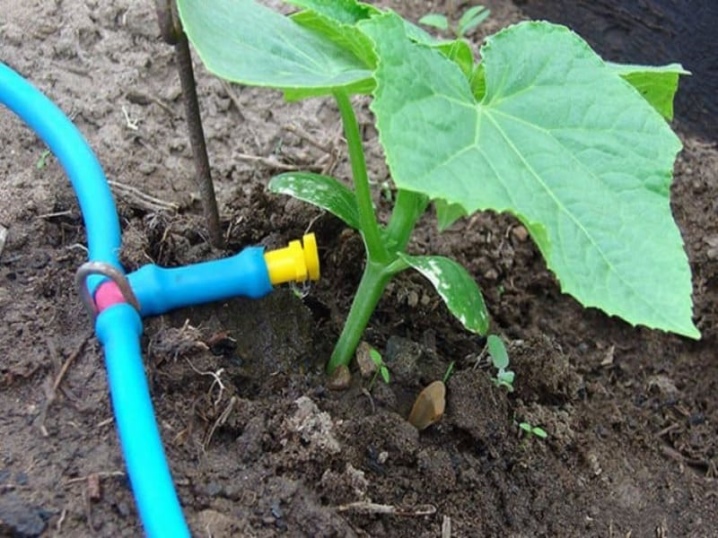
- When the plants are more or less strong, then the entire period until the fruits ripen, they need to be watered less than in the first stage. Remember that the root of this culture is quite large (up to a meter), so it will find enough moisture underground. Gardeners agree that during this period it is enough to water the melon only once a week. With good lighting of the site, the fruits will not be watery, but sweet and fragrant. As flowers appear, watering becomes more rare.

- When the fruits have already formed, then watering can be gradually reduced altogether.

Over time, the volume of fluid intake by the bush also decreases. Depending on the stage of development of the bush, an average of 3 to 8 liters of water is spent on it.
Overview of watering methods
Watering methods also affect the amount of water needed. We suggest that you familiarize yourself with the various methods of watering melons that you can apply in your area. Keep in mind that with each of them, it is important to follow one rule: after each watering, be sure to loosen the soil around the plants and between the rows.
Manual
This method can only be used by melon growers who plant a few bushes. Take a bucket or watering can with the right amount of water and pour it under the root. For all the tediousness, the manual irrigation method has important advantages. It allows you to completely control the volume of water poured out, and besides, moisture does not exactly get into prohibited places: the axils of the leaves or on the root collar.
When watering with a watering can, pour a couple of liters into it: this will be quite enough. Pour water directly under the plant. When the bush grows and blooms, take 7 liters of water. Later, it will be possible to water less often, but more abundantly: from 10 to 12 liters of water once a week.
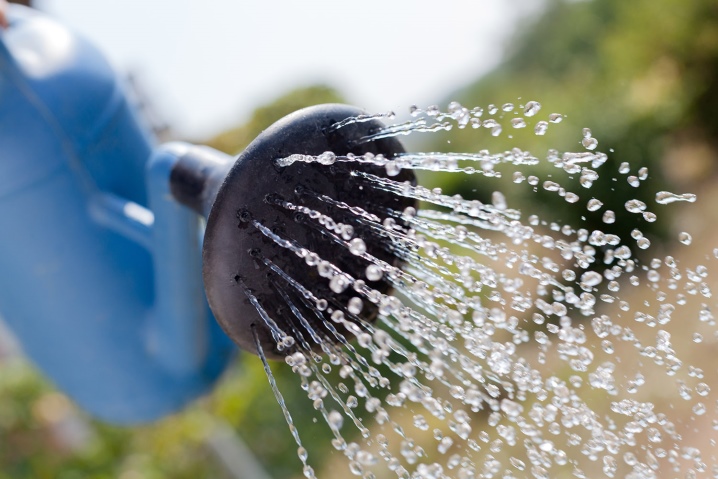
From the hose
The hose is used in cases where there are a lot of bushes, while it is attached to any source of water. Furrows 5 cm deep are made between the beds, where water is poured. Thanks to the hose, many bushes can be watered in a short time, which saves time. Wherein you can also avoid flooding the leaves, because moisture ingress on the ground part of the plants adversely affects their general condition, especially in hot weather.
Since in the same row, as a rule, there are bushes in a similar phase of development, it will be quite simple to calculate the amount of liquid required. For example, if 10 plants that have not yet allowed flowers are planted in a row, then the calculation is as follows. We multiply three liters by 10 to get 30 liters.
When the melons bloom, multiply 7 liters by 10, thus obtaining the required volume of water of 70 liters.
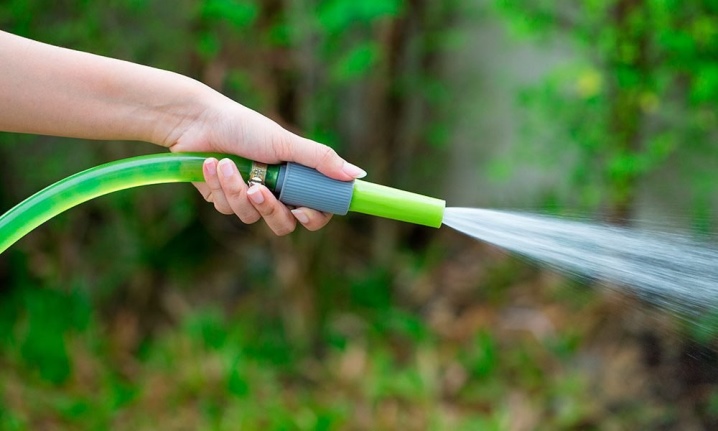
Drip
This method looks more attractive for gardeners than manual and hose, since it has a number of advantages. Firstly, with it you save your energy and time, since you do not have to carry heavy containers or hold a hose. Secondly, the land under the bush is not eroded, since water is supplied economically. Thirdly, with this method of irrigation, fertilization can be easily applied.
Drip irrigation systems can be bought ready-made or made by hand. Hoses lead to each bush, and they are there all the time, which does not prevent the plantings from growing. Under a slight pressure, water is supplied to each bush on the site, getting to the right places through droppers. The system can work when you need it, but usually it is turned on once a day. In this case, it does not matter at what stage of development the bushes are. You turn on the drip irrigation system for just an hour, and during this time each plant receives a sufficient amount of moisture - up to 2 liters. She acts on sight, so this amount of plants is quite enough.
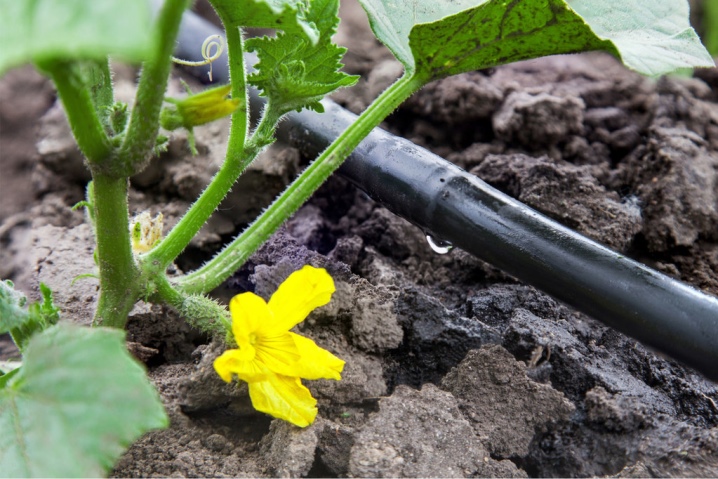
Fundamental rules
Consider a few more important rules for watering melons. They will definitely come in handy for novice gardeners.
- Please note that, unlike their "counterparts" (pumpkin and watermelon), the melon does not have such a strong root system. It has one main root and about ten lateral processes a couple of meters long. These processes are located no deeper than 40 cm. It is they who absorb life-giving moisture and nourish the bush, so the melon can receive water from an inter-row distance.
- Melon is a southern culture, so ice water is not to her taste. If you water it with cold liquid, the roots can begin to hurt, rot, and the development of the fruit itself slows down. Use water with a temperature of +22 to +26 degrees.
- For the reason described in the previous rule, watering of melons is often done in the evening hours. The easiest way to heat water is in direct sunlight, so the liquid is exposed to warm for the whole day. If there is strong heat, then additional watering in the first half of the day will be useful. The main thing is that in the heat, water does not fall on the leaves: this can lead to their burns.
- Sprinkling on melons is not suitable. She needs more calibrated watering, which will not lead to root rot. In the open field, melon does not grow as well as in large greenhouses made of polycarbonate or film, where you can create optimal conditions and not worry about being flooded with rain.
- The ingress of water on the root collar can destroy the plants, especially the youngest and in the initial period of growth. In adult cultures, this can provoke decay of the neck. To protect this vulnerable part, it can be covered with coarse sand within a radius of 15 cm.
- From time to time, after abundant watering, you can feed the plants with useful substances.
Remember that not only the yield depends on the correct watering, but also the taste of the melons. If you want to get really sweet and fragrant fruits, then water the plants according to the rules. Give this question enough time and the results will not be long in coming.


See below for how to water melons.













The comment was sent successfully.